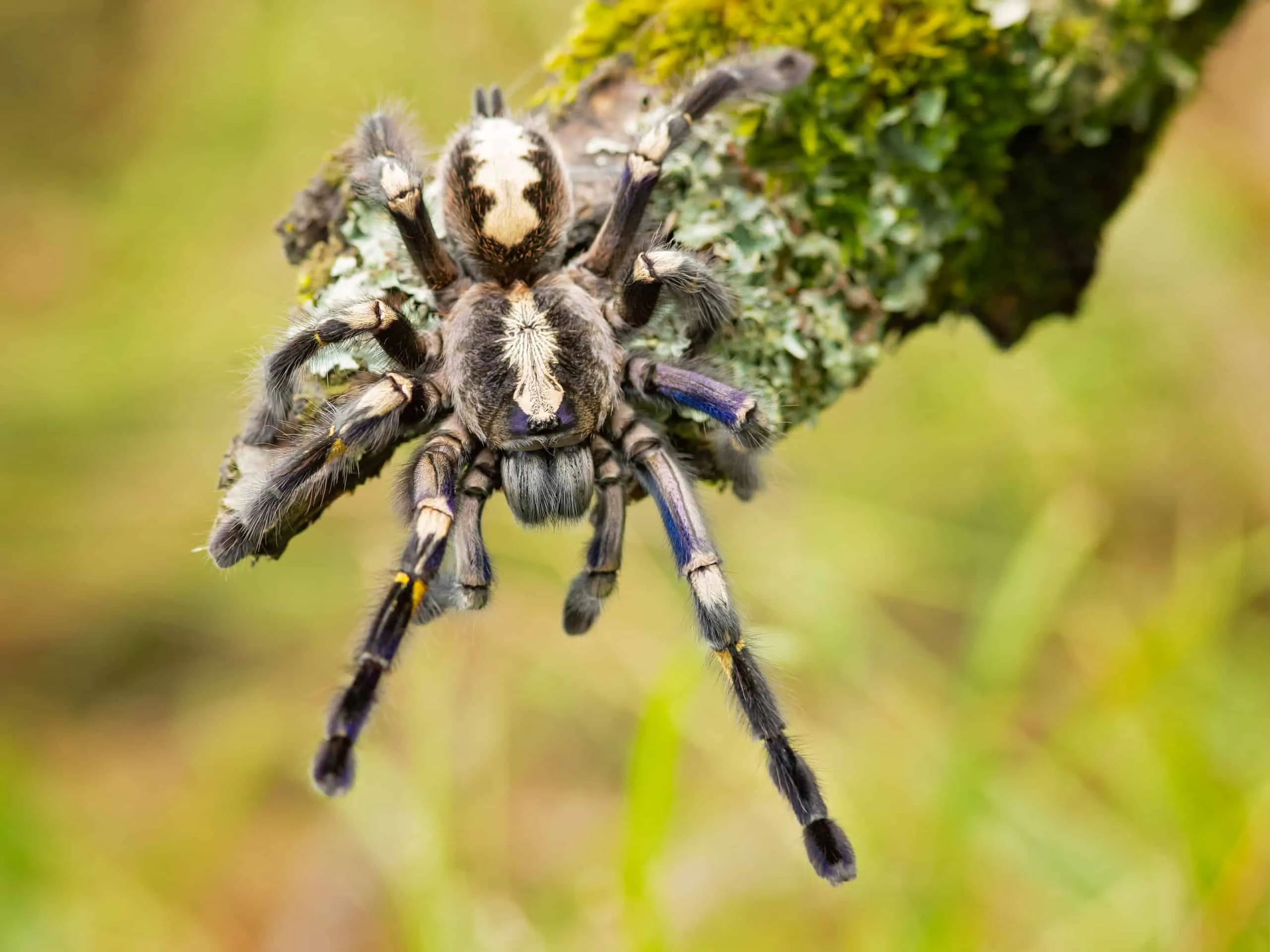The Gooty Sapphire Tarantula, a jewel of the arachnid world, is facing a serious threat. This stunning spider, with its iridescent blue and sapphire hues, is not only a sight to behold but also a crucial part of its ecosystem. Unfortunately, this remarkable creature is classified as critically endangered, highlighting the urgency of understanding its plight and working towards its preservation. This article dives into the top 5 facts about the Gooty Sapphire Tarantula, exploring its unique characteristics, the reasons behind its endangered status, and what steps we can take to protect it. From habitat loss to the impact of the pet trade, we’ll uncover the challenges this captivating spider faces and the conservation efforts underway to ensure its survival for future generations. Learn what makes this tarantula so special and how you can contribute to its conservation.
What is the Gooty Sapphire Tarantula?
The Gooty Sapphire Tarantula (Poecilotheria metallica) is a captivating species of tarantula native to a small region of India. This arboreal spider is known for its striking appearance, with a metallic blue coloration on its legs and a contrasting pattern on its carapace. These tarantulas are not only visually stunning but also play a vital role in their ecosystem, helping to control insect populations. Their existence is a testament to the biodiversity of their native habitat, and understanding their biology is crucial for effective conservation strategies.
Appearance and Characteristics
One of the most distinguishing features of the Gooty Sapphire Tarantula is its vibrant coloration. The metallic blue legs are a major attraction, making it a highly sought-after species among enthusiasts. Adults can have a leg span of up to 8 inches, showcasing their impressive size. Their overall appearance is a combination of elegance and power, reflecting their role as apex predators in their arboreal environment. They are fast-moving spiders, adapted to life in trees, using their powerful legs and claws to navigate their habitat. This unique blend of beauty and functionality makes this tarantula a fascinating subject of study and a symbol of the fragile beauty of nature.
Habitat and Native Range
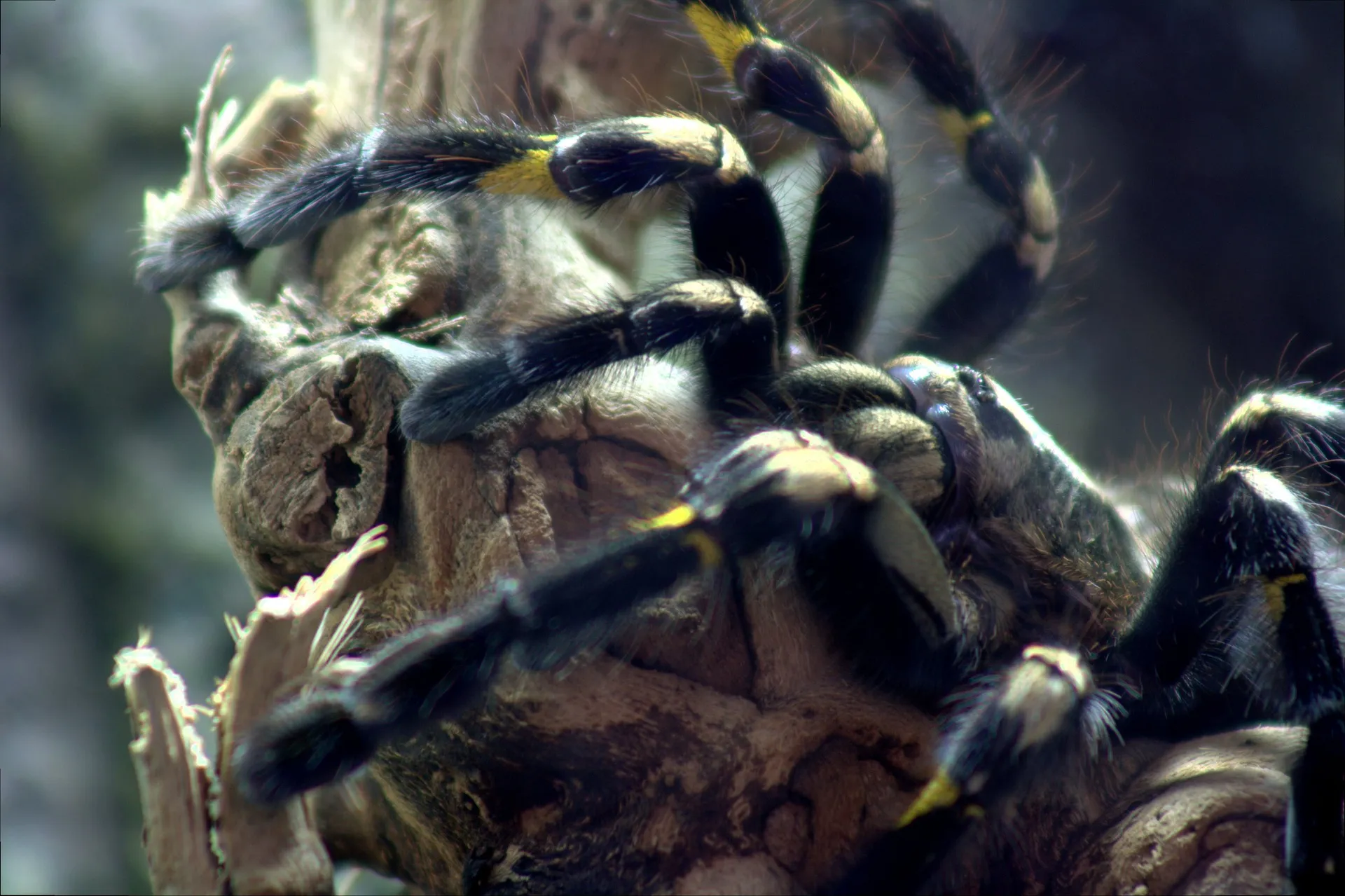
The Gooty Sapphire Tarantula is endemic to a small area in Andhra Pradesh, India, specifically the Nandyal district. They are arboreal, meaning they live in trees, where they construct webs in the crevices of tree bark or between branches. Their habitat is under threat, primarily due to deforestation and habitat destruction. They prefer a warm, humid environment, which is increasingly threatened by climate change and human activities. The loss of their natural habitat directly impacts the tarantula’s ability to thrive, increasing its vulnerability and highlighting the urgency of conservation efforts to preserve its natural environment.
Why is the Gooty Sapphire Tarantula Endangered?
Several factors have contributed to the Gooty Sapphire Tarantula’s critically endangered status. The primary threats include habitat loss, the impacts of the pet trade, and the effects of climate change. Understanding these threats is crucial for developing effective conservation strategies. By identifying and addressing these challenges, we can increase the chances of survival for the Gooty Sapphire Tarantula and help protect its habitat for future generations.
Habitat Loss and Fragmentation
The destruction of the Gooty Sapphire Tarantula’s forest habitat is one of the most significant threats to its survival. Deforestation for agriculture, logging, and human development has led to a drastic reduction in their natural range. Habitat fragmentation also poses a problem, isolating populations and reducing genetic diversity. This makes them more susceptible to diseases and less able to adapt to environmental changes. Protecting and restoring their natural habitat is vital to ensure they have a place to live and thrive. Conservation efforts need to focus on preserving existing forest areas and reforesting degraded lands to provide more suitable living spaces.
Pet Trade and Over-Collection
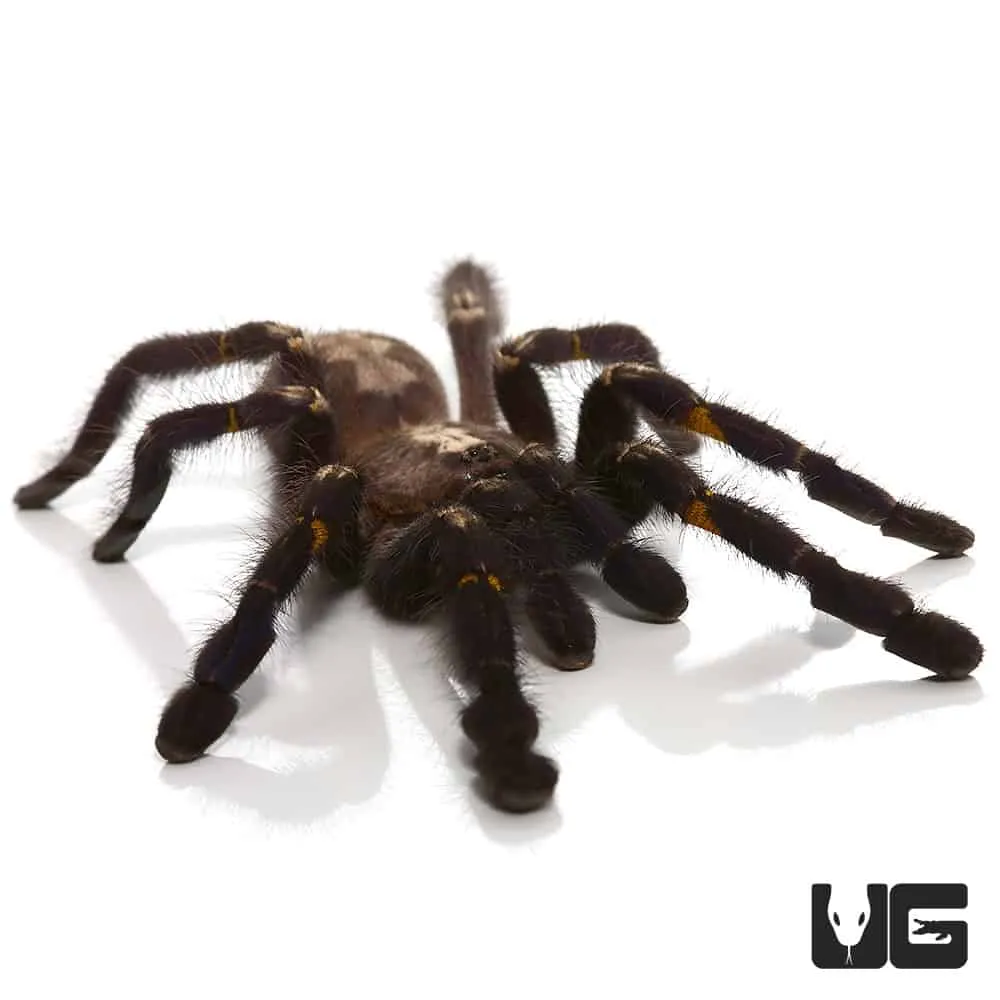
The Gooty Sapphire Tarantula’s striking appearance has made it a highly desirable species in the exotic pet trade. The demand for these spiders has led to over-collection from the wild, further depleting the wild populations. While captive breeding programs exist, they have not been able to meet the demand sufficiently to curb the illegal collection from natural habitats. This demand is further exacerbated by a lack of proper regulations and enforcement, which make it hard to protect the wild spiders. Sustainable pet ownership depends on ethical sourcing and responsible breeding practices to protect these creatures.
Climate Change and Environmental Factors
Climate change poses an additional threat to the Gooty Sapphire Tarantula. Changes in temperature, rainfall patterns, and increased frequency of extreme weather events can negatively impact their habitat and food sources. The spiders’ survival depends on a stable and predictable environment. The changing climate can also affect the availability of prey and the spider’s ability to reproduce. Addressing climate change is a global challenge, but local efforts such as sustainable land management and conservation practices can help mitigate some of the impacts on the Gooty Sapphire Tarantula’s habitat.
The Conservation Status of the Gooty Sapphire Tarantula
The Gooty Sapphire Tarantula’s conservation status reflects the severity of the threats it faces. Understanding this status provides a clear picture of the need for immediate and effective conservation actions. The classifications and ongoing efforts are key to preventing the extinction of this unique species.
IUCN Red List Classification
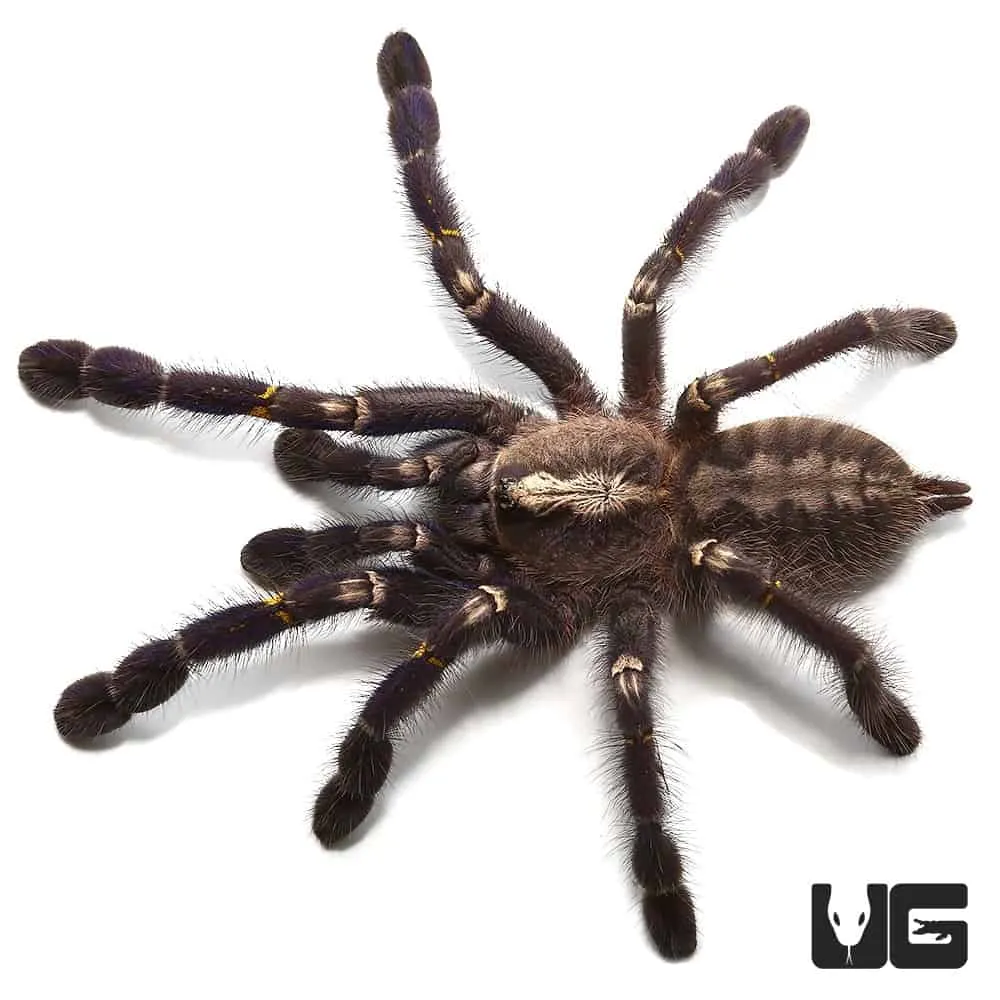
The International Union for Conservation of Nature (IUCN) Red List classifies the Gooty Sapphire Tarantula as Critically Endangered. This signifies that the species faces an extremely high risk of extinction in the wild. It is a strong signal of the precarious state of this tarantula and highlights the urgency of conservation efforts. The IUCN assessment is based on several factors, including population size, habitat loss, and threats to the species. This assessment provides vital data and helps guide conservation strategies.
Current Conservation Efforts
Various organizations and individuals are working to conserve the Gooty Sapphire Tarantula. Efforts include habitat protection, captive breeding programs, and education campaigns. Some organizations are working with local communities to promote sustainable practices and reduce deforestation. Captive breeding programs aim to increase the population and reduce the demand for wild-caught specimens. There is a strong push to work with pet owners to ensure that proper care and ethical practices are followed and the wild populations are protected.
How Can You Help Protect the Gooty Sapphire Tarantula?
Protecting the Gooty Sapphire Tarantula requires a collective effort. Individuals can make a real difference by supporting conservation organizations, educating others, and practicing responsible pet ownership. Every action, no matter how small, can contribute to the preservation of this incredible species.
Support Conservation Organizations
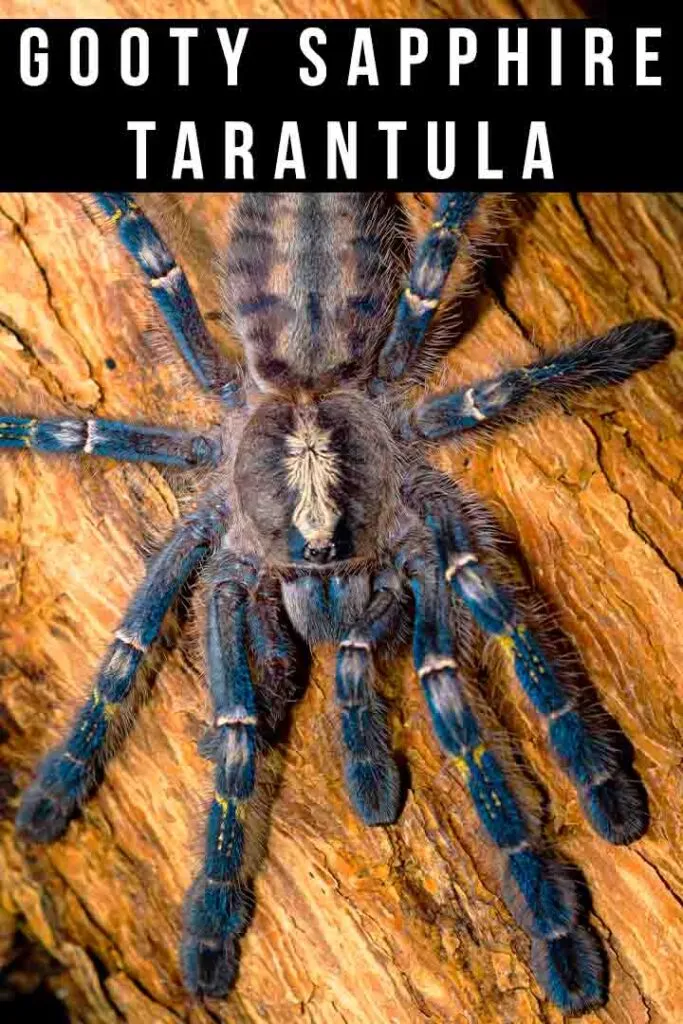
Donating to or volunteering with conservation organizations that focus on protecting the Gooty Sapphire Tarantula and its habitat is one of the most effective ways to help. These organizations work on the ground to implement conservation strategies, conduct research, and raise awareness. By supporting their work, you contribute directly to the protection of this species. Look for organizations that have proven track records and transparent operations to ensure your contribution is impactful.
Educate Others
Raising awareness about the plight of the Gooty Sapphire Tarantula is important. Share information about the species and the threats it faces with friends, family, and online communities. Educate others about the importance of biodiversity and the need for conservation efforts. Spreading information can spark conversations, influence attitudes, and encourage others to take action. The more people who understand the problem, the greater the chance for positive change.
Responsible Pet Ownership
If you are interested in owning a Gooty Sapphire Tarantula, it is essential to act responsibly. Ensure the spider is sourced from a reputable breeder who practices ethical and sustainable breeding practices. Avoid supporting the illegal pet trade, which contributes to the over-collection of wild populations. Learn about the specific care requirements of the species to provide a suitable and enriching environment. By practicing responsible pet ownership, you contribute to the preservation of the species while enjoying the beauty of this tarantula.
In conclusion, the Gooty Sapphire Tarantula is a remarkable creature facing an uncertain future. By understanding the challenges it faces and taking action through conservation efforts, education, and responsible practices, we can help ensure its survival. Protecting this species requires a collaborative approach, involving conservation organizations, local communities, and individuals who share a passion for biodiversity. Let’s work together to preserve the Gooty Sapphire Tarantula and ensure that future generations can appreciate its beauty and importance in the natural world.
